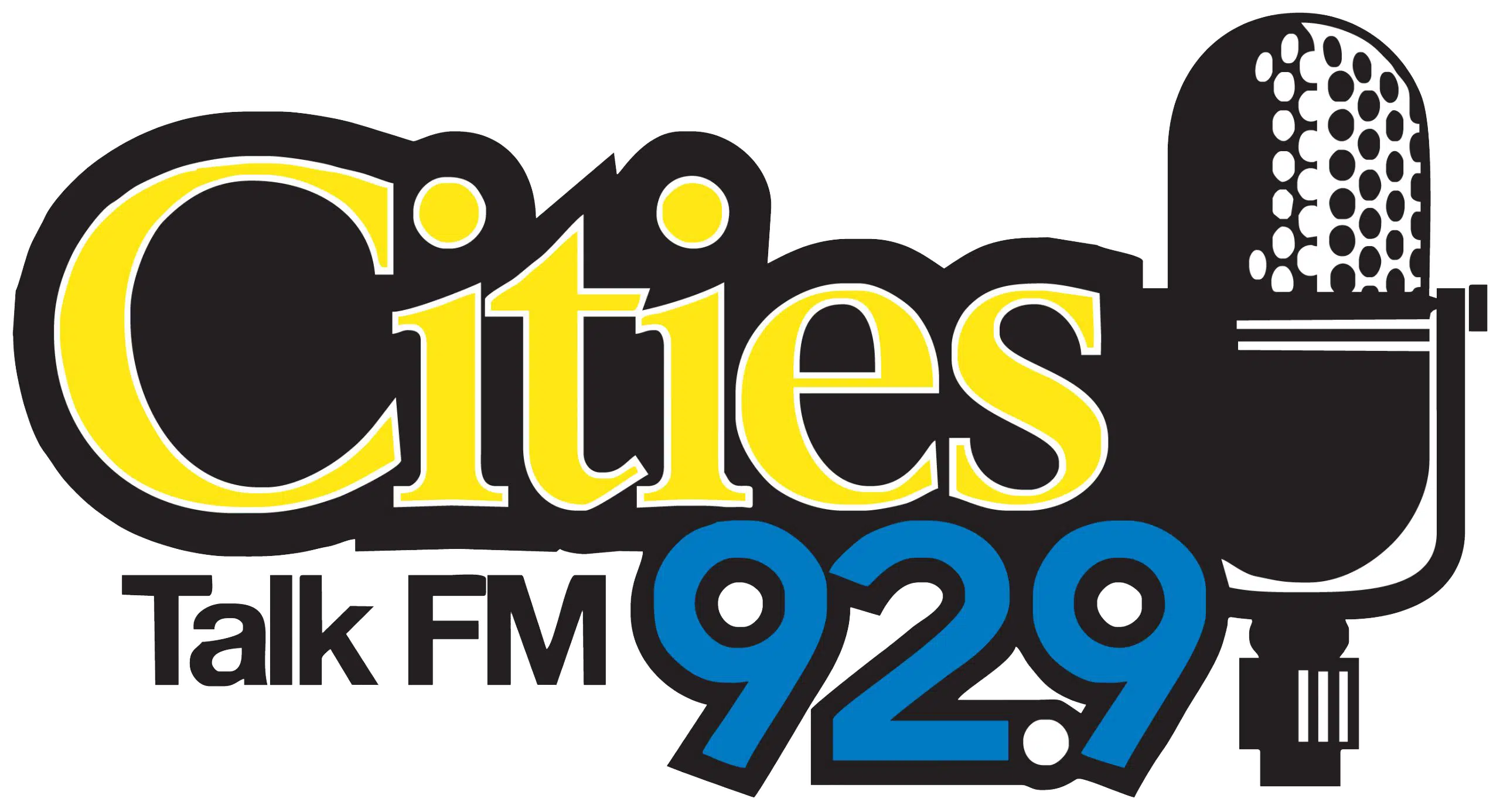(The Center Square) – Nearly 20 months into the pandemic, it is still not known how much fraud has been paid out of Illinois’ unemployment system from throughout the pandemic.
After Gov. J.B. Pritzker issued a stay-at-home order in March 2020, unemployment filings skyrocketed as people were laid off from the decrease in economic activity. That unemployment hangover lasted for months with backlogs of unemployment claims stacking up over time.
The result: Illinois’ unemployment trust fund debt is around $5 billion. Taxpayers are already paying interest on that debt with around $10 million due for this year and up to $60 million due after the next year, if the debt isn’t paid off.
In the spring, the Illinois Department of Employment Security said they’ve stopped 1.7 million fraudulent claims. But, at an Illinois House hearing Thursday, IDES Director Kristin Richards still couldn’t quantify how much has been paid out.
“Some states have put out their rough estimates,” Richards said. “We’ve not yet been in a position to do so. But those rough estimates have largely been focused on the Pandemic Unemployment Assistance program.”
PUA was the temporary unemployment program the federal government set up for independent contractors and the self-employed. When pressed for an estimate of how much fraud there’s been, Richards still couldn’t say.
One thing that is clear, Jon Coss with Thomson Reuters said, is a trend seen across the country.
“What we’ve literally seen claims come in from as many 150 countries to another state unemployment system,” Coss said.
Coss said the hackers knew what they were doing.
“This includes the use of technologies like bots, IP spoofing software and email wildcards,” Coss said. “Criminals are also taking advantage of a large number of data breaches to use stolen IDs and create synthetic, sometimes referred to as Frankenstein, IDs to steal funds.”
While Illinois Department of Innovation and Technology’s Adam Ford said efforts are ongoing to secure state systems from bad actors with updated technology, there still needs to be a point of contact for beneficiaries.
“Where they can call in and say ‘hey, this did not work for me, how else can I verify I am who I am so that I can continue to take advantage of these services,” Ford said.
Offices for IDES just recently reopened by appointment only after being closed to the public for more than 18 months.










